Germinating Florida coontie seeds
palmcityfl
14 years ago
Featured Answer
Sort by:Oldest
Comments (18)
david_
14 years agobunster
14 years agoRelated Professionals
Wheeling Landscape Architects & Landscape Designers · Milford Landscape Contractors · Broadlands Landscape Contractors · East Patchogue Landscape Contractors · Long Beach Landscape Contractors · Los Banos Landscape Contractors · Mission Landscape Contractors · Northport Landscape Contractors · Pikesville Landscape Contractors · Ponte Vedra Beach Landscape Contractors · Roseville Landscape Contractors · Roswell Landscape Contractors · Royal Oak Landscape Contractors · Welby Landscape Contractors · Forest Hill Landscape Contractorspalmcityfl
14 years agoCarol love_the_yard (Zone 9A Jacksonville, FL)
13 years agoshortysamedic
12 years agofranco33139ca
8 years agoJohn Ericson
8 years agofranco33139ca
8 years agoJohn Ericson
8 years agoHU-582563654
5 years agoplantsman56
5 years agoKatherine 10A
3 years agoJohn Ericson
3 years agolast modified: 3 years agomr1010
3 years agojenbeber
2 years agojenlittleart
last yearJack Auxier
9 months ago
Related Stories
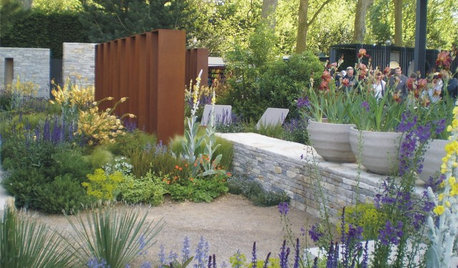
GARDENING GUIDES9 Self-Seeders Capture Chelsea Flower Show Magic
Give your garden show-worthy style with these plants beloved by top designers
Full Story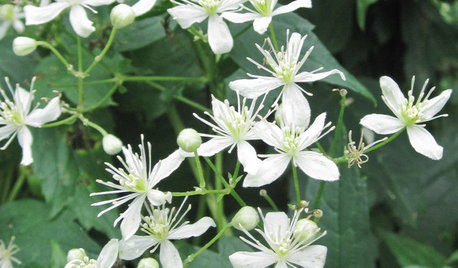
GARDENING GUIDESGreat Design Plant: Clematis Virginiana
Devil’s darning needles, a vigorous vine native to eastern North America, likes partial shade and many types of soils
Full Story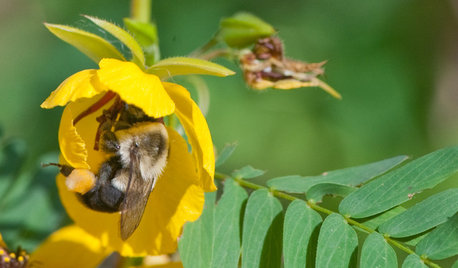
GARDENING GUIDESGreat Design Plant: Chamaecrista Fasciculata Brightens City Boulevards
Plant partridge pea in eastern U.S. gardens for its bright yellow flowers, lacy foliage and drought tolerance
Full Story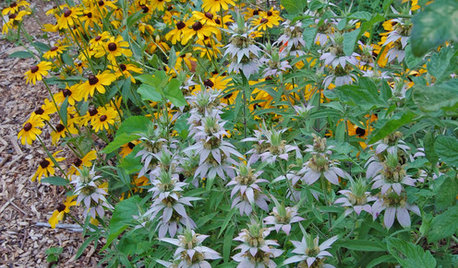
GARDENING GUIDESGreat Design Plant: Spotted Beebalm (Monarda punctata)
Looking for unusual, long-lasting blooms, low maintenance and deer resistance? Try this self-sowing perennial
Full Story
GRASSESHow to Rock a Lawn
Weekend Project: The key to healthy grass begins with the soil. If turf works for you, here’s how to fix it and keep it looking its best
Full Story
GARDENING FOR BUTTERFLIESBe a Butterfly Savior — Garden for the Monarchs
Keep hope, beauty and kindness alive in the landscape by providing a refuge for these threatened enchanters
Full Story
GARDENING FOR BUTTERFLIES3 Ways Native Plants Make Gardening So Much Better
You probably know about the lower maintenance. But native plants' other benefits go far beyond a little less watering and weeding
Full Story
FARM YOUR YARDHow to Grow Vegetables in Containers
Get glorious vegetables and fruits on your patio with a pro’s guidance — including his personal recipe for potting mix
Full Story
GARDENING GUIDESLet's Weed Out 4 Native Plant Myths
Plant wisely for a garden that supports pollinators and requires less work
Full Story
GARDENING GUIDES15 Native Flowers That Feed Native Bees
These perennials offer superfood to hundreds of bees and are gorgeous in their own right
Full StorySponsored
Columbus Area's Luxury Design Build Firm | 17x Best of Houzz Winner!
More Discussions






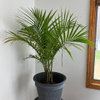
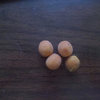
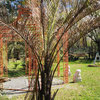
franco33139ca